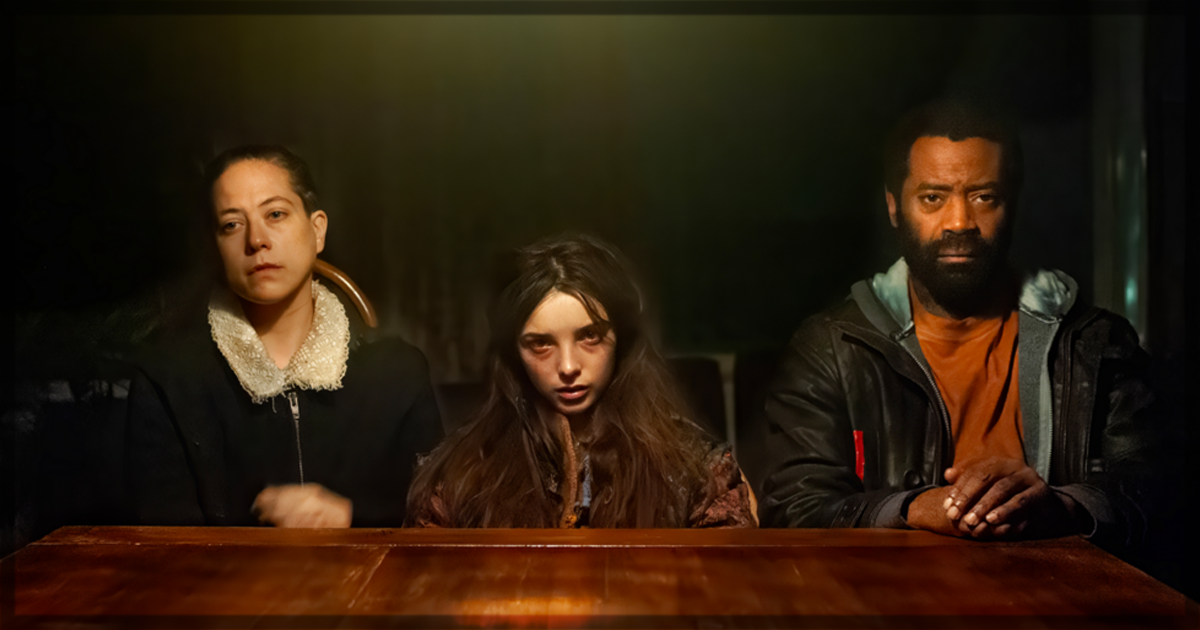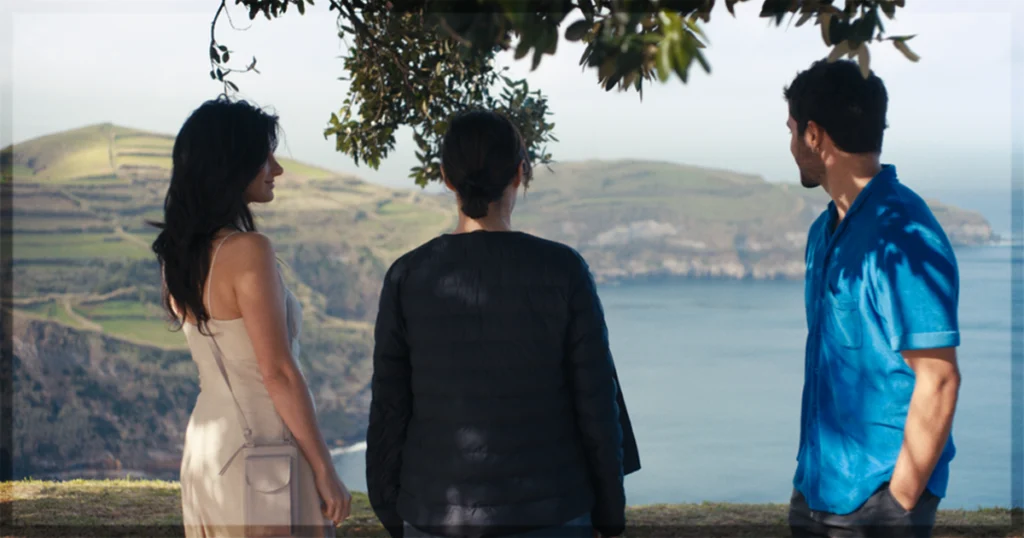Director David Verbeek presents his latest film, The Wolf, the Fox, and the Leopard, at this year’s Tribeca Film Festival. Divided into chapters, the film narrates the story of a girl (Jessica Reynolds) who lives in the woods as a wolf. She behaves, eats, and walks like a wolf. Suddenly, after the death of a boy in the forest, a group of scientists takes her to a laboratory and studies her nature. Her life changes when a group of terrorists who live on a petrol platform in the seas invade the lab and take her to the ocean. They are the fox (Marie Jung) and the leopard (Nicholas Pinnock), who adopt her and teach her how to behave more like a human being. The couple believes she is the one to save humanity from evil. However, a series of events leads her to civilization, where she needs to learn how to become a human being and control her animal instincts.
The Wolf, the Fox, and the Leopard, has a structure that constructs a character arc of evolving from an animal to a human. The wolf needs to face the decisions the society around her makes for her. She has no choice, but she wants to get back to the woods with her pack. Thematically, the control of animal instincts and behaviors to participate in human society is the principal discussion of the writing. She needs to learn how to behave, eat appropriately, and even how to drive a car. The wolf does not want to perform any of those particular activities, but she has to because society expects her to. In this sense, the anarchy of living on the platform is her most prominent experience of living as a human. However, she still has room to explore her animal spirit. An example is her demonstration of affection and love by biting the leopard, which becomes a father figure, and her idea of masculinity throughout the film.
The episodic structure of The Wolf, the Fox, and the Leopard does not benefit most of the film’s creative choices. Each chapter has a different scenario, introducing new characters, and calls back those individuals as the film begins new chapters. Additionally, a voice-over participates in all the chapters, an invisible narrator who is also a participant in this story. It is the voice of Naomi Kawase, a known Japanese arthouse director. However, this narrator is the writer of the story of Wolf, which infuriates her as she desires to take control of her story. Hence, as the wolf develops a human conscience, she becomes more of a protagonist in her life. Thus, it is an engaging confrontation with the lead character, but it does not land the punch it desires. Even though the conclusion shocks and returns to the spirit of the wolf, it does not fit well with the proposition it has, and primarily, the episodic element lacks coherence to work as a whole.
Therefore, the force of the film lies in the interpretation by Jessica Reynolds. It is a bodily performance of a woman behaving like a wolf, and the performer works her body to deliver someone who is an animal. Her voice mimics the difficulty and lack of speech development of the wolf, and she develops it as the chapters go on. Her character has a development that relies on visual and bodily construction. In the beginning, she is running thoroughly nude in the forest, and her back is arched as she runs with her hands on the ground. Yet, in the epilogue, she wears a long dress with her erect posture while she faces Naomi Kawase. It has a visual storytelling attached to the wolf, more than the other supporting characters, who are flat and predominantly unidimensional. The film relies on the brilliant performance of Reynolds as the lead character, who searches for her identity while fighting against her animal urges to return to the woods.
Ultimately, The Wolf, The Fox, and the Leopard offers glimpses of fascinating discussions on the formation of a society. But it suffers from a tiring and uneven episodic structure that does not contextualize a few of the backstories. It has a lot of actions happening, and few of them land as they are supposed to. But the beautiful bodily performance by Jessica Reynolds brings freshness to an overwhelming film that has plenty of good ideas, but it is not patient enough to develop them. The balance is a result in the middle of the scale, where acting performances and a few plots are engaging enough.
The Wolf, the Fox, and the Leopard recently premiered at the Tribeca Film Festival.
Learn more about the film at the Tribeca site for the title.


